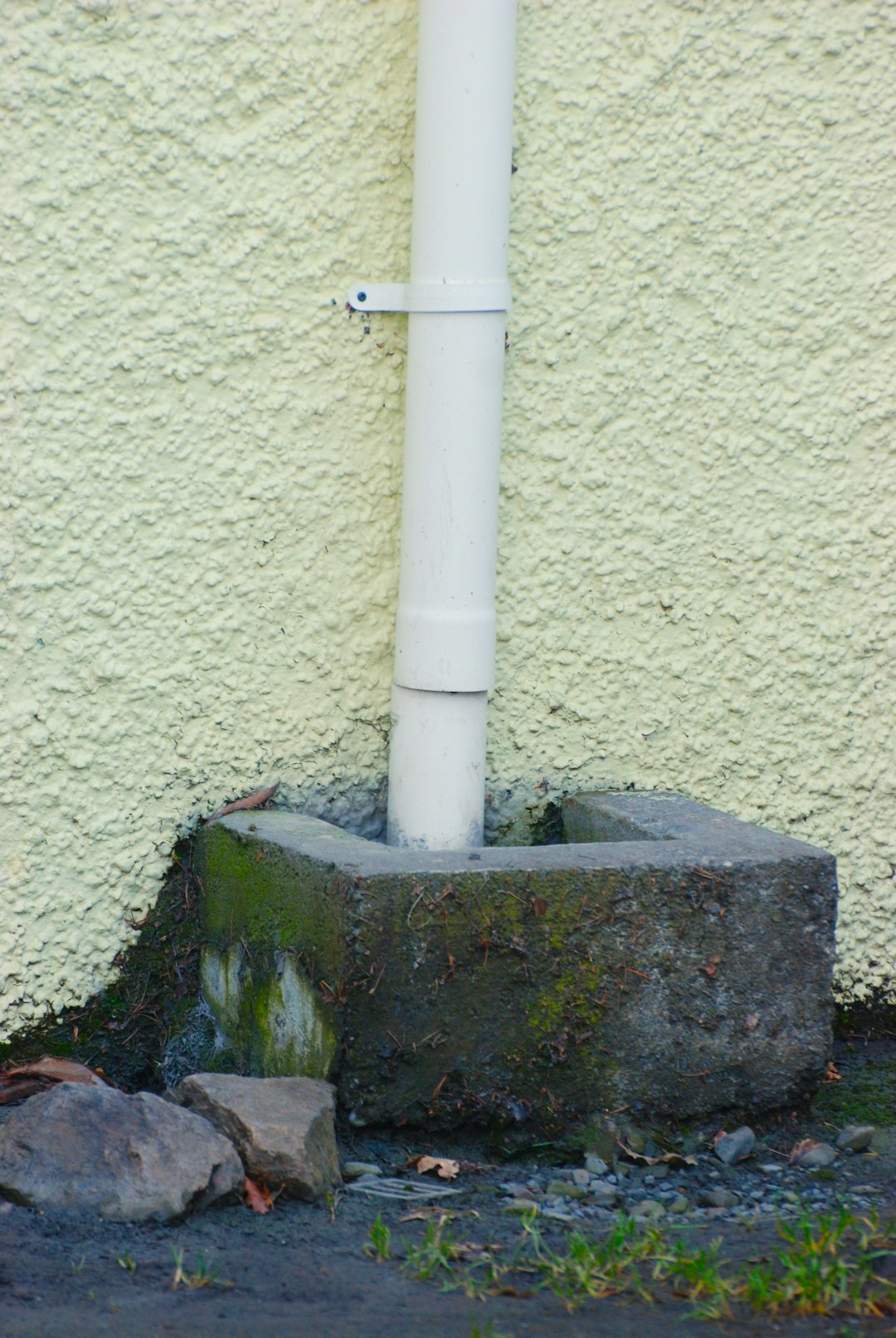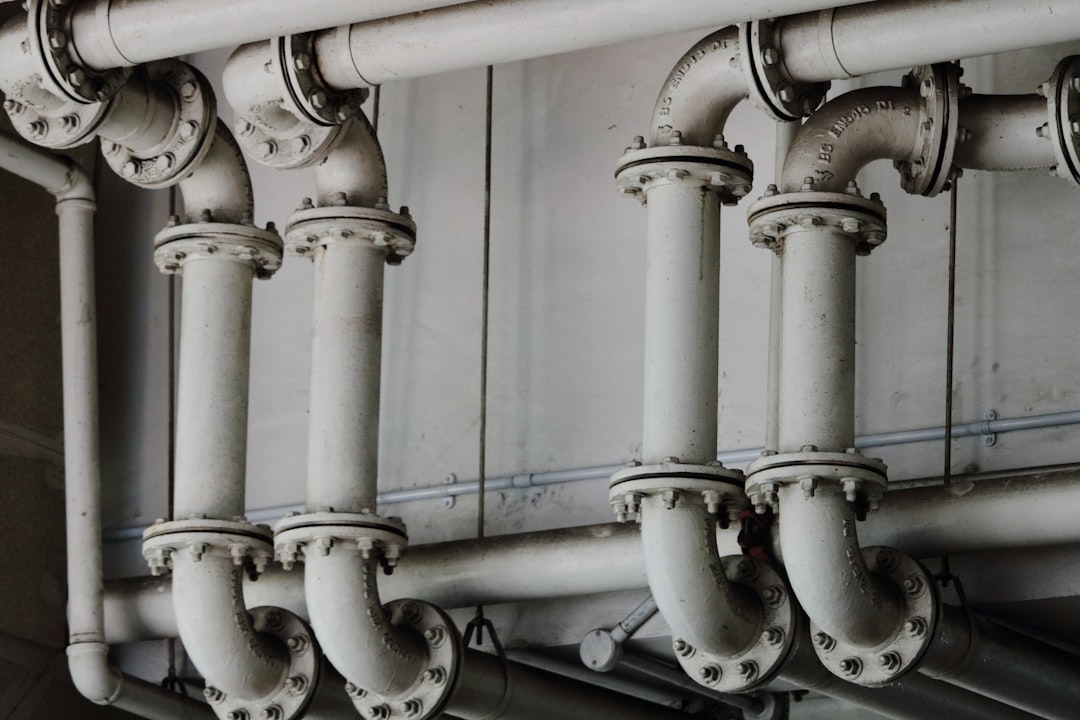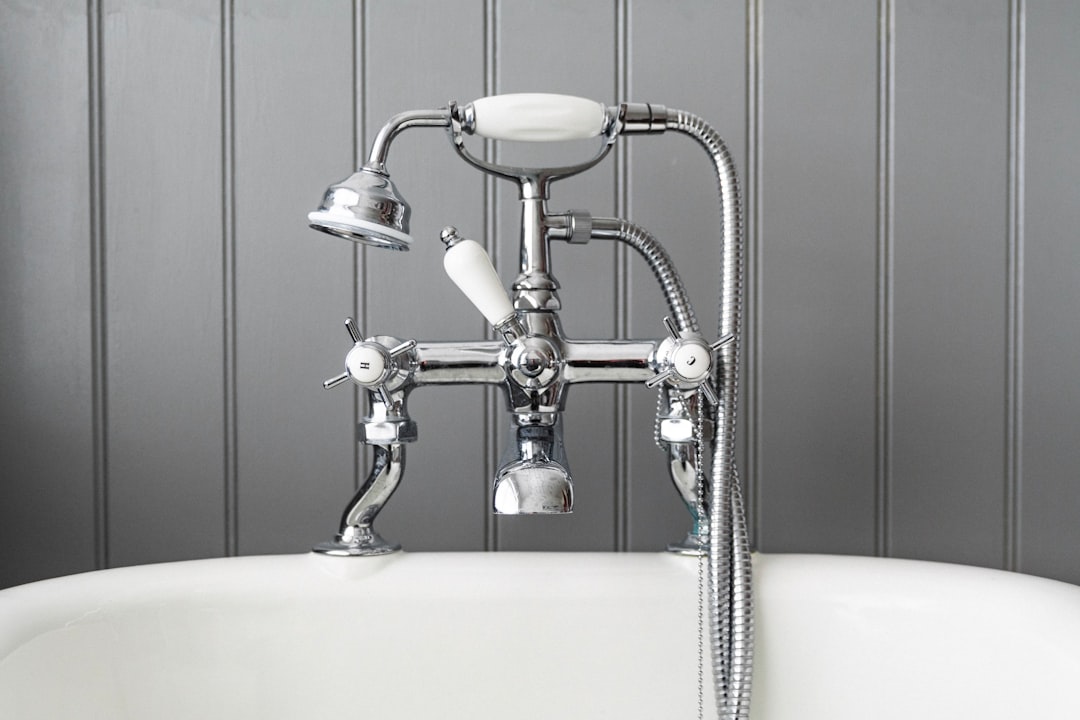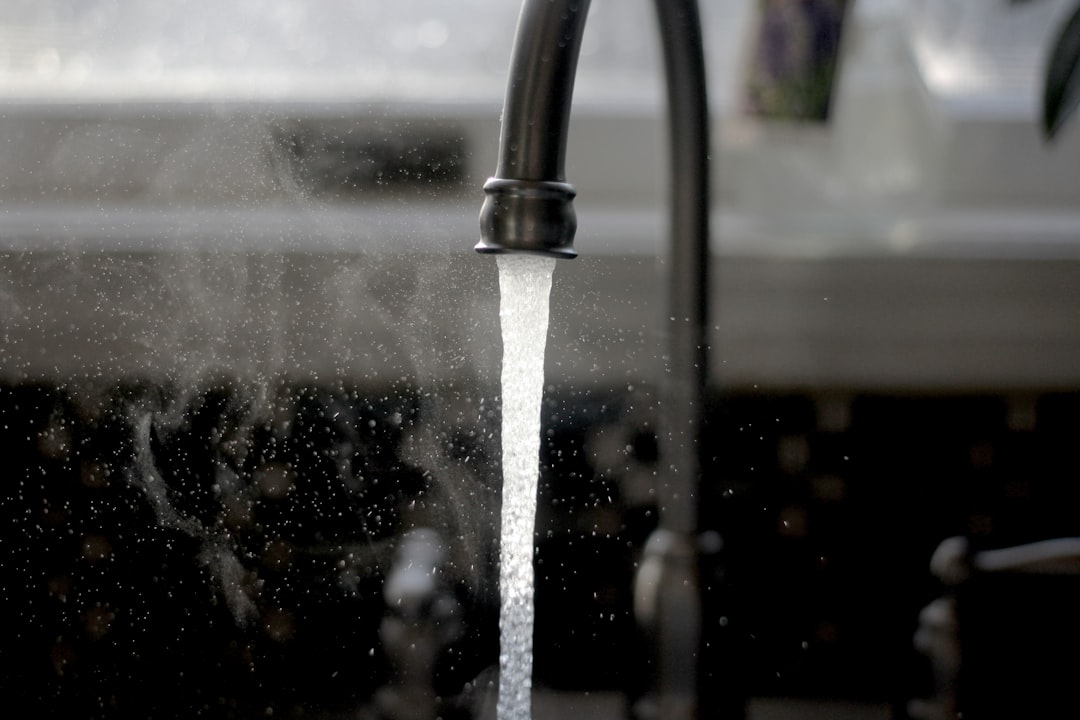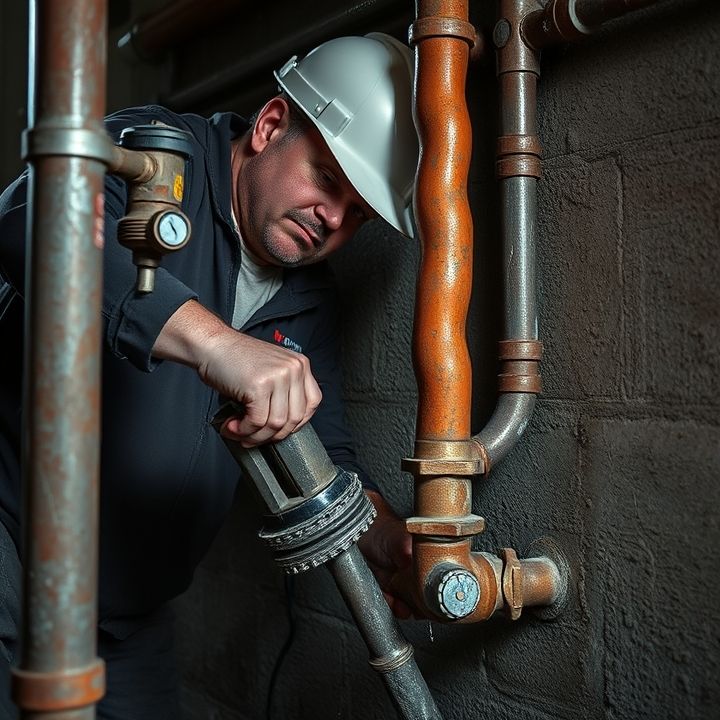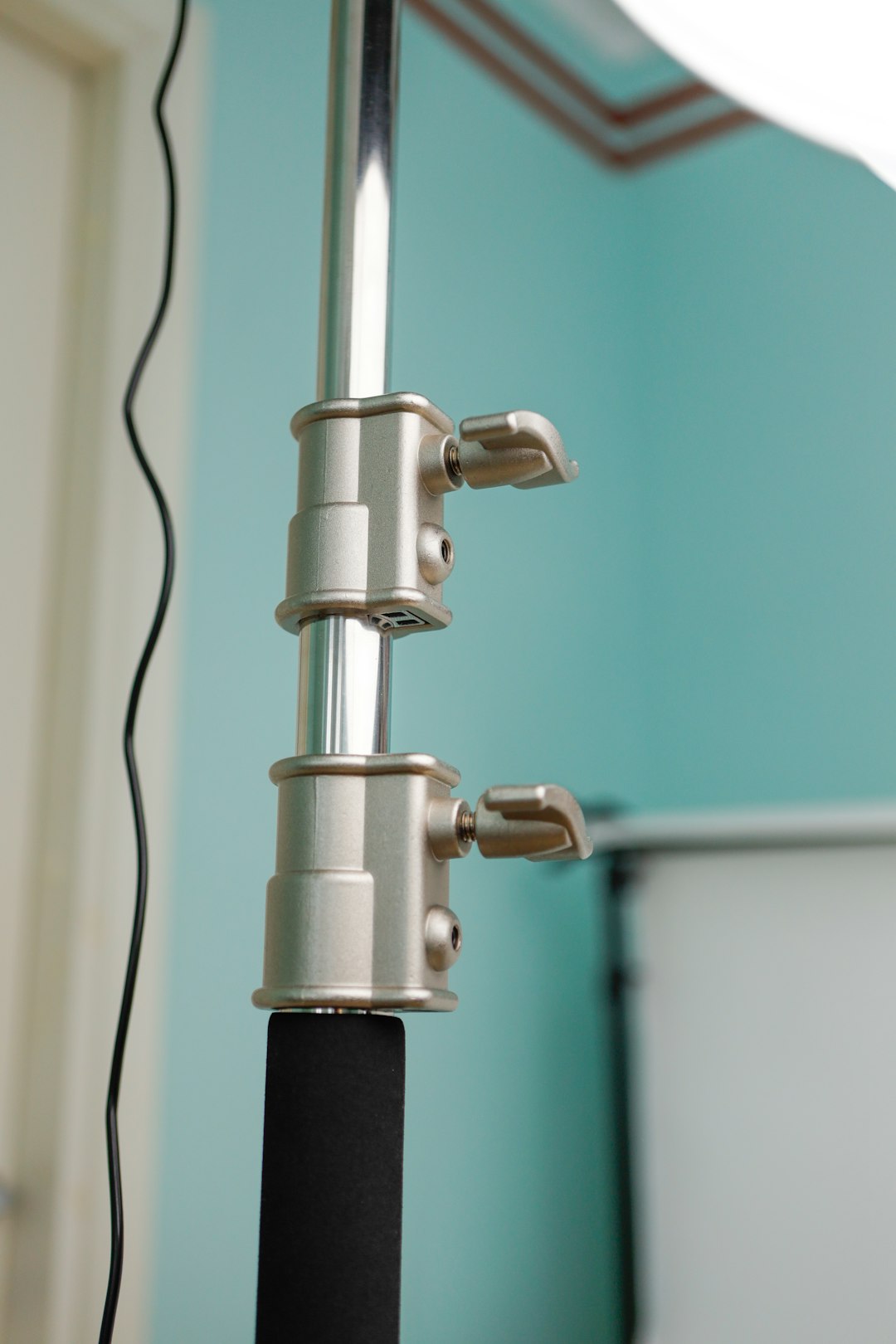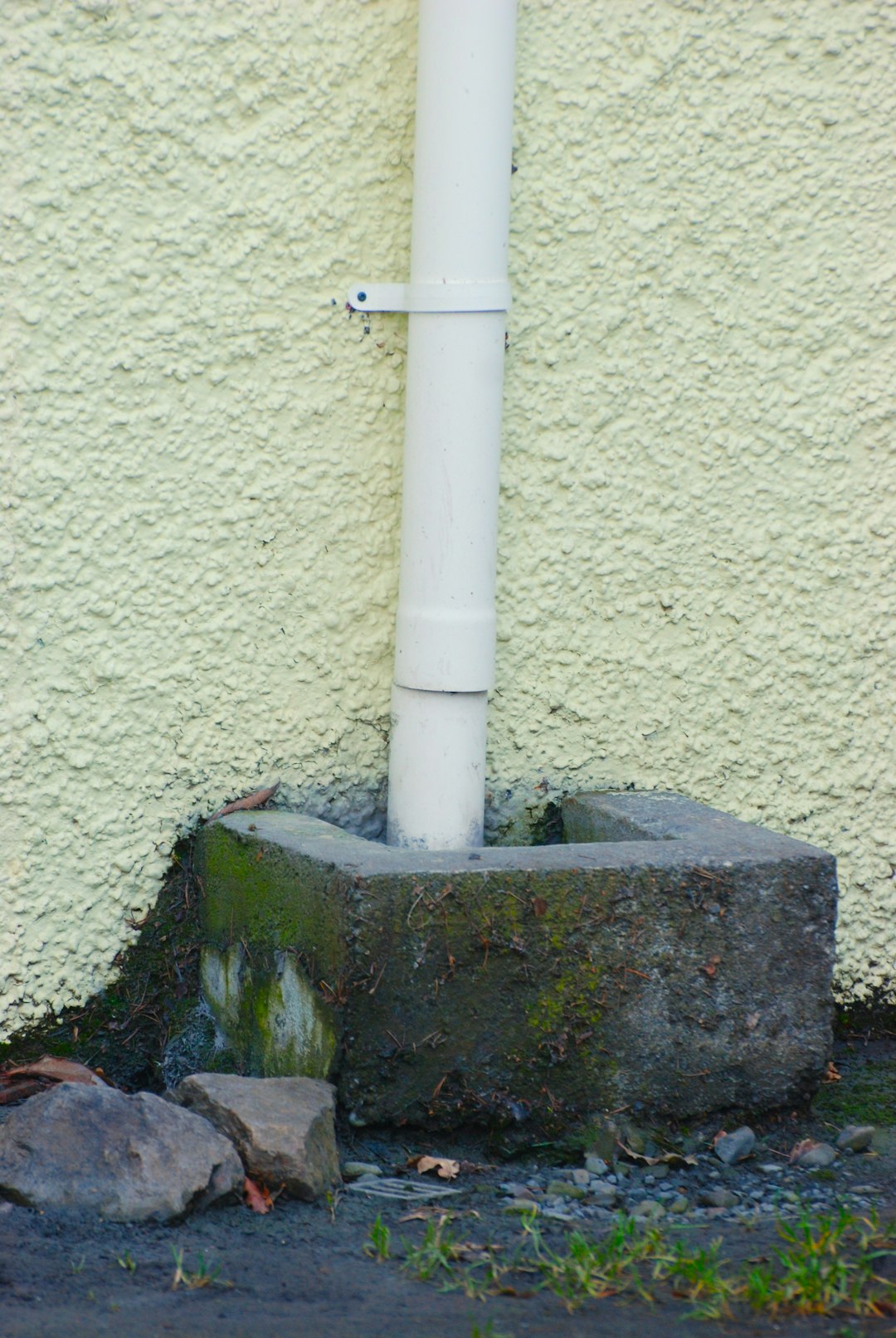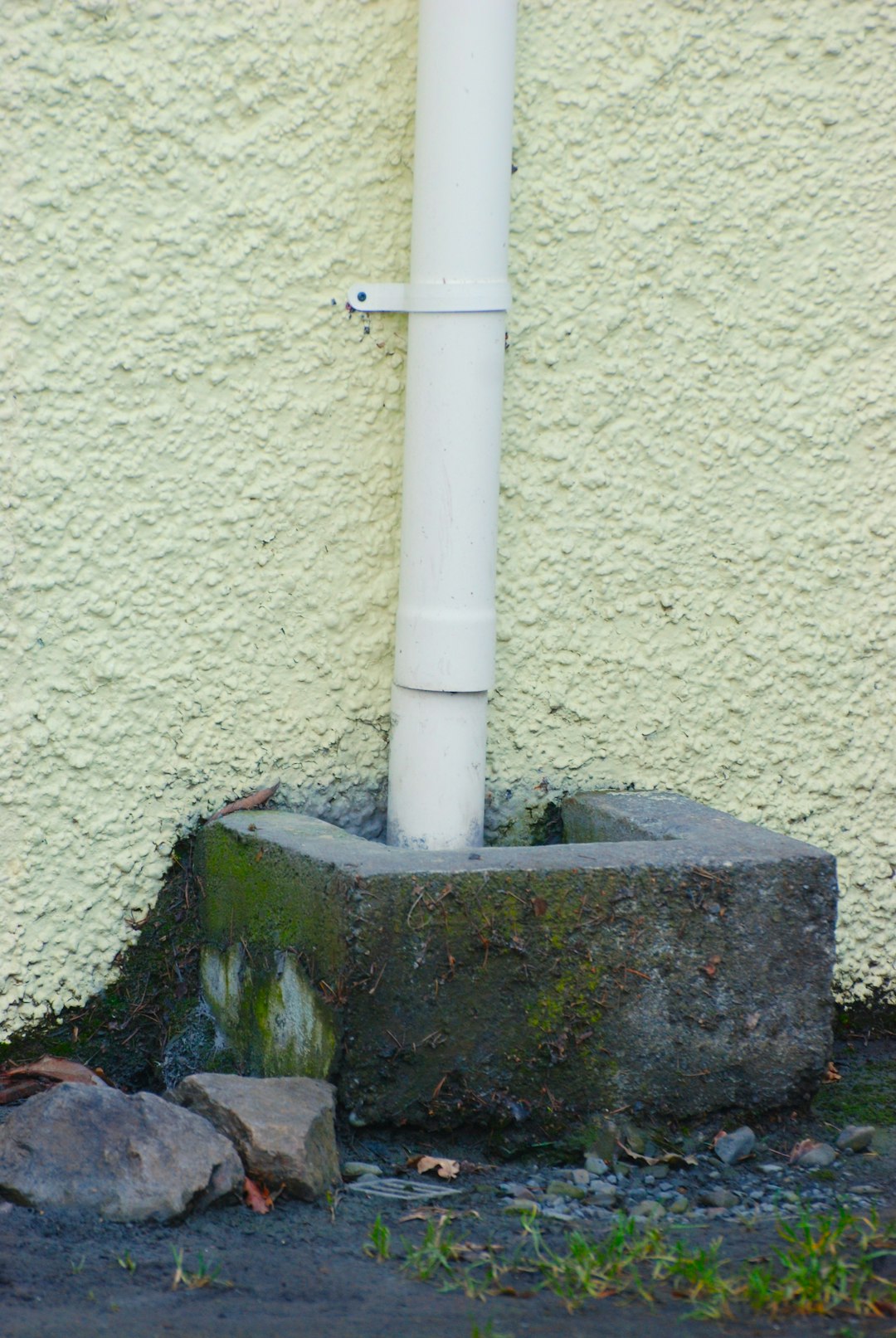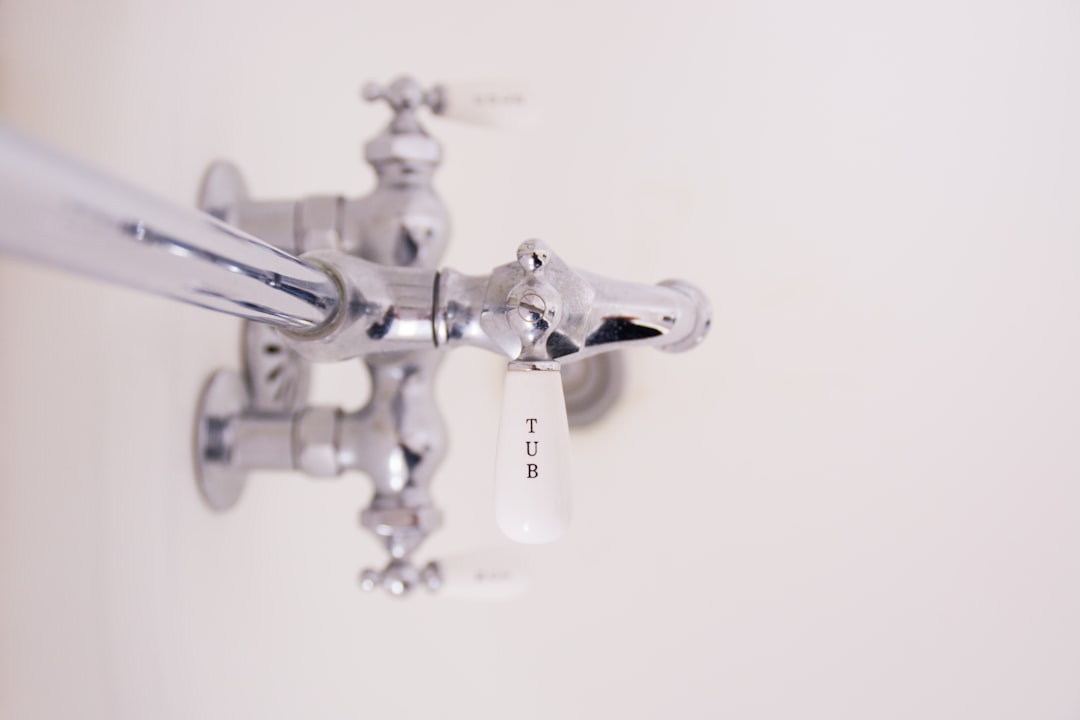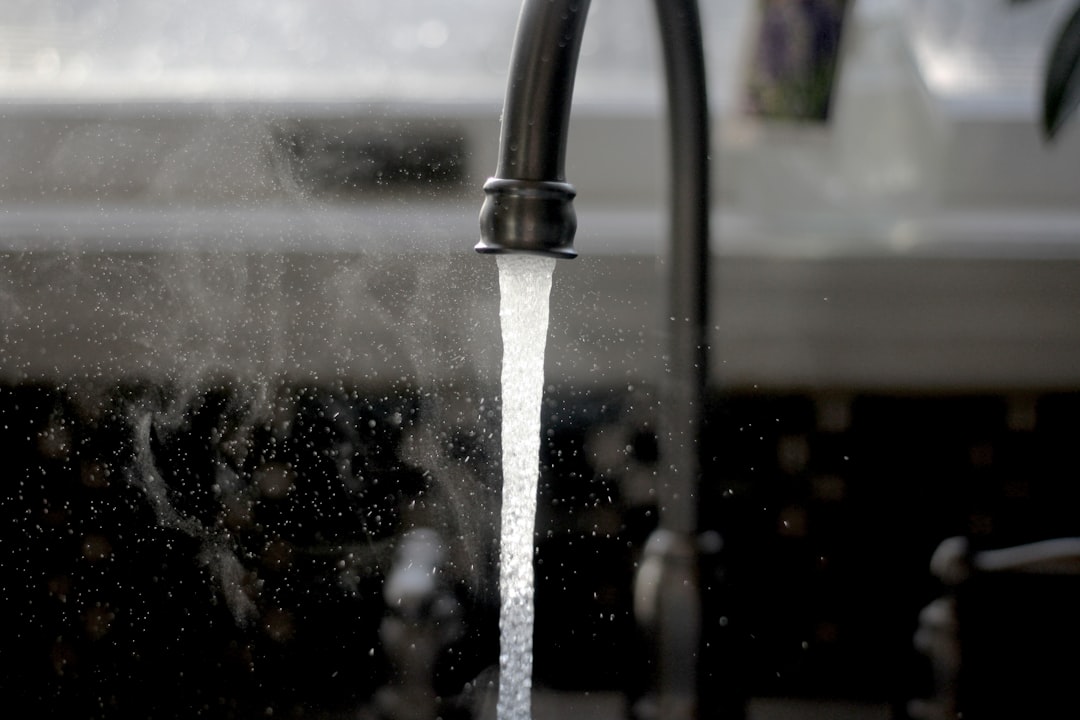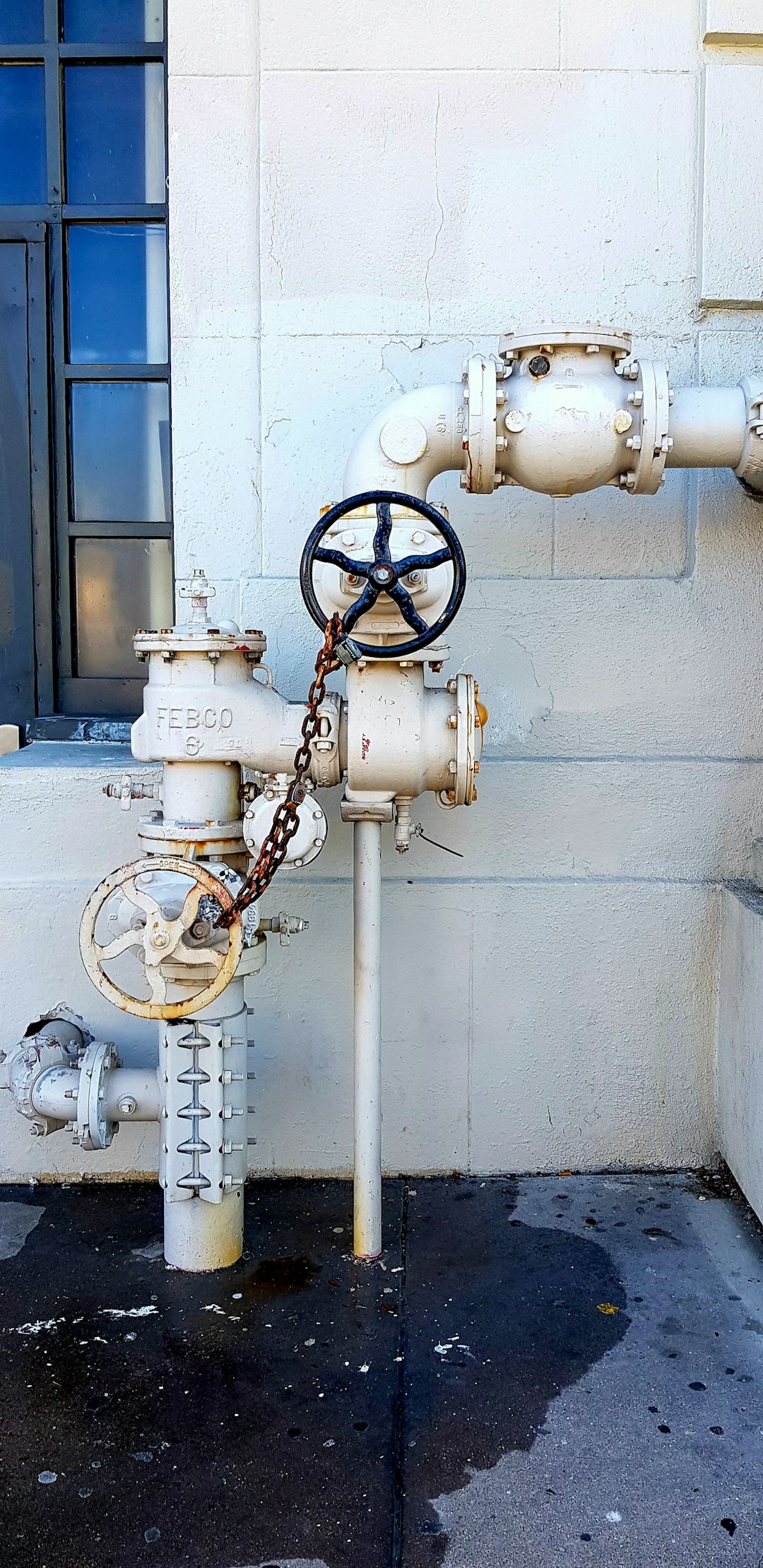Table of Contents
- Introduction
- Overview of plumbing qualifications
- Types of plumbing certifications
- The role of apprenticeships in plumbing education
- Advanced qualifications in plumbing (e.g., Master Plumber)
- Importance of continuing education and training in plumbing
- Impact of certifications on plumbing job opportunities
- Comparison of residential and commercial plumbing qualifications
- Relevant plumbing codes and standards for certification
- Conclusion
- Frequently Asked Questions
Introduction
The world of plumbing often goes unnoticed, yet it holds the key to our modern comforts. From the simple act of turning on a tap to complex pipe installations, plumbing is an essential trade that underpins the very fabric of our homes and businesses. But what elevates a plumber from an apprentice to a master of the trade?
In this article, we delve into the realms of plumbing education and qualifications, uncovering the pinnacle achievement that every aspiring plumber dreams of: the highest qualification in plumbing.
As we navigate through the nuances of plumbing certifications and the journey one must take to reach this esteemed status, be prepared to learn about the skills, knowledge, and hands-on experience required to truly excel in this vital profession. Whether you’re considering a career in plumbing or just curious about what it takes to become a top-tier plumber, this exploration will not only inform you but ignite your appreciation for those who keep our pipes flowing smoothly.
Overview of plumbing qualifications
Plumbing qualifications are essential for anyone looking to pursue a career in this vital trade. Typically, the pathway begins with obtaining a high school diploma or equivalent, followed by enrolling in a plumbing program at a technical school or community college. These programs usually take one to two years and cover essential skills such as pipe installation, system design, and local plumbing codes.
After completing a formal education, aspiring plumbers often enter an apprenticeship program, which combines hands-on training with classroom instruction. Apprenticeships can last between three to five years, during which individuals gain practical experience under the supervision of licensed plumbers.
To become a fully qualified plumber, individuals must pass a licensing exam that assesses their knowledge of plumbing systems, regulations, and safety practices. In some regions, additional certifications may be available, focusing on specialized areas such as gas fitting or drain cleaning. These qualifications not only enhance job prospects but also ensure that plumbers are capable of delivering safe and effective services to their clients.
Types of plumbing certifications
Plumbing certifications are essential for professionals looking to establish credibility and expertise in the field. There are various types of plumbing certifications, each catering to specific skill sets and knowledge areas.
One of the most common certifications is the Journeyman Plumber certification, which typically requires a combination of education, training, and experience. This certification allows individuals to work as licensed plumbers under the supervision of master plumbers.
Another significant certification is the Master Plumber certification, which showcases advanced proficiency and often requires additional examinations. This credential enables plumbers to operate independently and take on larger projects.
Additionally, there are specializations within plumbing certifications, such as those for gas line installation, backflow prevention, and medical gas piping. These specialized certifications require targeted training and are crucial for working in specific sectors.
Lastly, several organizations offer plumbing certifications, including the National Center for Construction Education and Research (NCCER) and the Plumbing-Heating-Cooling Contractors (PHCC) Association. These certifications not only enhance a plumber’s resume but also ensure adherence to industry standards and regulations.
The role of apprenticeships in plumbing education
Apprenticeships play a crucial role in plumbing education, serving as a bridge between theoretical knowledge and practical skills. These programs allow aspiring plumbers to gain hands-on experience while working under the supervision of experienced professionals. During an apprenticeship, trainees learn the fundamentals of plumbing, including installation, maintenance, and repair of various systems such as water supply and drainage.
Moreover, apprenticeships typically last several years, during which individuals not only develop their technical skills but also understand the importance of safety protocols and building codes. This comprehensive training ensures that newly qualified plumbers are well-prepared to tackle the challenges of the job.
Additionally, apprenticeships often combine classroom instruction with on-the-job training, enhancing the learning experience. This dual approach helps to strengthen problem-solving skills and encourages adaptability in various situations that a plumber may encounter. As a result, apprenticeships are essential for those aiming to achieve advanced qualifications in plumbing and for meeting the industry’s demand for skilled labor.
Advanced qualifications in plumbing (e.g., Master Plumber)
Advanced qualifications in plumbing, such as becoming a Master Plumber, represent a significant achievement in the field. To attain this level of expertise, plumbers typically must first complete an apprenticeship, followed by several years of practical experience. A Master Plumber is often defined by their extensive knowledge of plumbing systems, local codes, and industry standards.
In many regions, obtaining a Master Plumber certification requires passing a comprehensive examination that tests both practical and theoretical knowledge. This qualification enables individuals to take on more complex projects, lead teams, and operate their own plumbing businesses.
Moreover, Master Plumbers are often sought after for specialized tasks, such as commercial plumbing installations, advanced system designs, and troubleshooting intricate plumbing issues. Their expertise not only enhances their career opportunities but also assures clients of high-quality workmanship and adherence to safety regulations.
Continued education is also important for maintaining the Master Plumber title, as it ensures that they remain updated on the latest technologies, techniques, and legislative changes affecting the plumbing industry.
Importance of continuing education and training in plumbing
Continuing education and training in plumbing are vital for several reasons. First, the plumbing industry is continually evolving due to advancements in technology and changes in building codes. As new materials and techniques emerge, plumbers must stay informed to provide the best service and comply with regulations.
Second, ongoing training helps plumbers enhance their skills and knowledge, making them more competitive in the job market. Skilled plumbers are often better positioned to take on complex projects and can command higher wages.
Third, continuing education fosters safety in the workplace. As safety protocols and industry standards change, training ensures that plumbers understand how to prevent accidents and handle emergencies effectively.
Lastly, certifications and advanced qualifications often require a commitment to lifelong learning. This not only boosts individual career prospects but also improves the overall reputation of the plumbing profession. By participating in continuing education, plumbers demonstrate their commitment to excellence and professionalism, which ultimately benefits their clients and the community.
Impact of certifications on plumbing job opportunities
Certifications play a crucial role in enhancing plumbing job opportunities by validating the skill sets and knowledge of individuals in the field. Many employers prefer candidates who hold relevant certifications, as these signify a commitment to professionalism and a higher level of competence.
Certifications often cover essential plumbing skills, industry standards, and safety protocols, making certified plumbers more attractive to potential employers. Additionally, having certifications can open doors to specialized roles within the industry, such as medical gas installation or backflow prevention, which demand an advanced understanding of specific techniques and regulations.
Furthermore, certified plumbers may command higher salaries compared to their non-certified counterparts, as certifications can indicate a higher level of expertise and reliability. In an industry that often relies on reputation and referrals, holding recognized certifications can enhance a plumber’s credibility and increase their chances of securing quality job placements and long-term career growth. As the plumbing industry continues to evolve, ongoing education and certifications remain vital in staying competitive.
Comparison of residential and commercial plumbing qualifications
When considering plumbing qualifications, it is essential to understand the differences between residential and commercial plumbing. Residential plumbing typically deals with the installation and maintenance of plumbing systems in homes and small buildings. Plumbers in this field often require a license, which can sometimes be obtained after completing an apprenticeship program that includes hands-on training and classroom instruction. This training usually covers basic plumbing skills, code regulations, and safety practices.
On the other hand, commercial plumbing involves larger systems and more complex installations found in office buildings, shopping centers, and industrial facilities. The qualifications for commercial plumbers may require additional training and certification due to the scale and complexity of the systems involved. They must be knowledgeable about different materials, advanced plumbing technologies, and health regulations that apply in commercial settings.
In summary, while both residential and commercial plumbing require a strong foundation of skills and knowledge, the qualifications for commercial plumbing tend to be more extensive due to the increased responsibilities and regulatory requirements associated with larger systems.
Relevant plumbing codes and standards for certification
In the plumbing industry, adherence to relevant plumbing codes and standards is crucial for certification. These codes are established guidelines that ensure safe and effective plumbing practices. Most countries and regions have specific plumbing codes that professionals must comply with, such as the International Plumbing Code (IPC) and the Uniform Plumbing Code (UPC). These codes dictate various aspects of plumbing installation, maintenance, and repair, addressing safety, health, and environmental concerns.
Certification in plumbing often requires passing examinations that assess knowledge of these codes and standards. Additionally, plumbing professionals are expected to stay updated with any changes in the legislation and new technologies that impact the industry. Compliance not only promotes safety but also enhances the credibility and reliability of plumbing professionals.
Moreover, adherence to local codes can significantly affect the applicability of plumbing systems in different settings, such as residential, commercial, or industrial applications. This is why understanding local regulations and standards is necessary for aspiring plumbers seeking to advance their careers through relevant certifications.
Conclusion
In conclusion, plumbing qualifications are essential not only for ensuring safe and effective plumbing practices but also for enhancing career opportunities within this thriving industry. Aspiring plumbers can benefit from a clear pathway that includes formal education, apprenticeships, and certifications—culminating in the coveted Master Plumber title. This qualification not only showcases advanced skills and knowledge but also empowers plumbers to take on complex projects and lead teams.
Moreover, the importance of continuing education cannot be overstated, as it equips plumbers with the latest tools and techniques necessary to stay competitive in an evolving field. By remaining informed about industry standards and regulations, plumbing professionals can assure clients of their expertise and commitment to quality workmanship.
If you’re looking for expert plumbing services or need guidance in your plumbing career, don’t hesitate to reach out for assistance. Call 573-555-2121 today for reliable plumbing solutions tailored to your needs!
